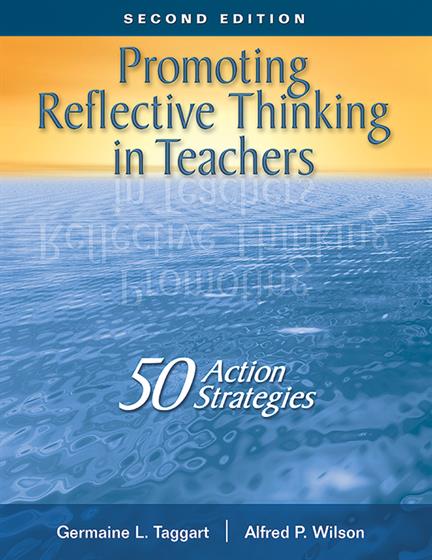Hands-on, Practical Guidance for Educators
From math,
literacy, science, equity, multilingual learners, and SEL, to assessment, school counseling,
and education leadership, our books are research-based and authored by experts
on topics most relevant to what educators are facing today.

Updated Edition of Bestseller
Promoting Reflective Thinking in Teachers
50 Action Strategies
Second Edition
Create meaningful, fulfilling, and successful professional development training for your teachers!
This expanded version of the original bestseller integrates the latest research and technology with tried-and-true methods for boosting practitioners' reflective thinking skills. It delivers practical strategies specifically designed for staff developers and teacher educators, giving them a time-saving blueprint on how to shape their adult learners into analytical and critical thinkers. New to this second edition are strategies for:
This expanded version of the original bestseller integrates the latest research and technology with tried-and-true methods for boosting practitioners' reflective thinking skills. It delivers practical strategies specifically designed for staff developers and teacher educators, giving them a time-saving blueprint on how to shape their adult learners into analytical and critical thinkers. New to this second edition are strategies for:
- Strengthening electronic portfolios with reflective writing
- Optimizing video as a self-assessment tool
- Accessing relevant Internet resources
- Tapping into online peer mentoring
- Utilizing learning communities
Product Details
- Grade Level: PreK-12
- ISBN: 9781412909648
- Published By: Corwin
- Year: 2005
- Page Count: 272
- Publication date: May 11, 2005
Review Copies
This book is not available as a review copy.
Other Titles in: Staff Development & Professional Learning | Administration & Leadership | Reflective Practice


